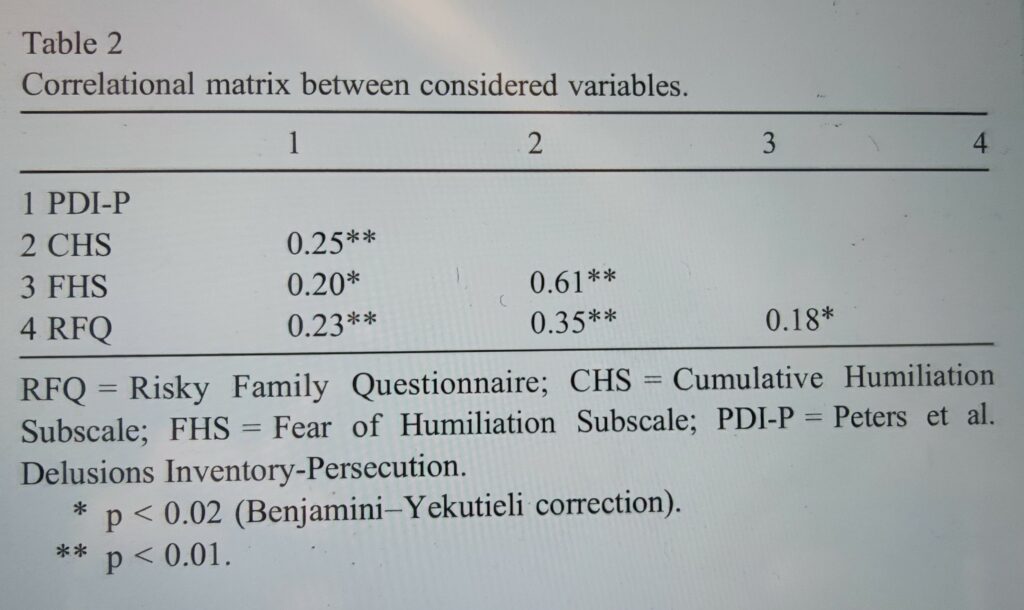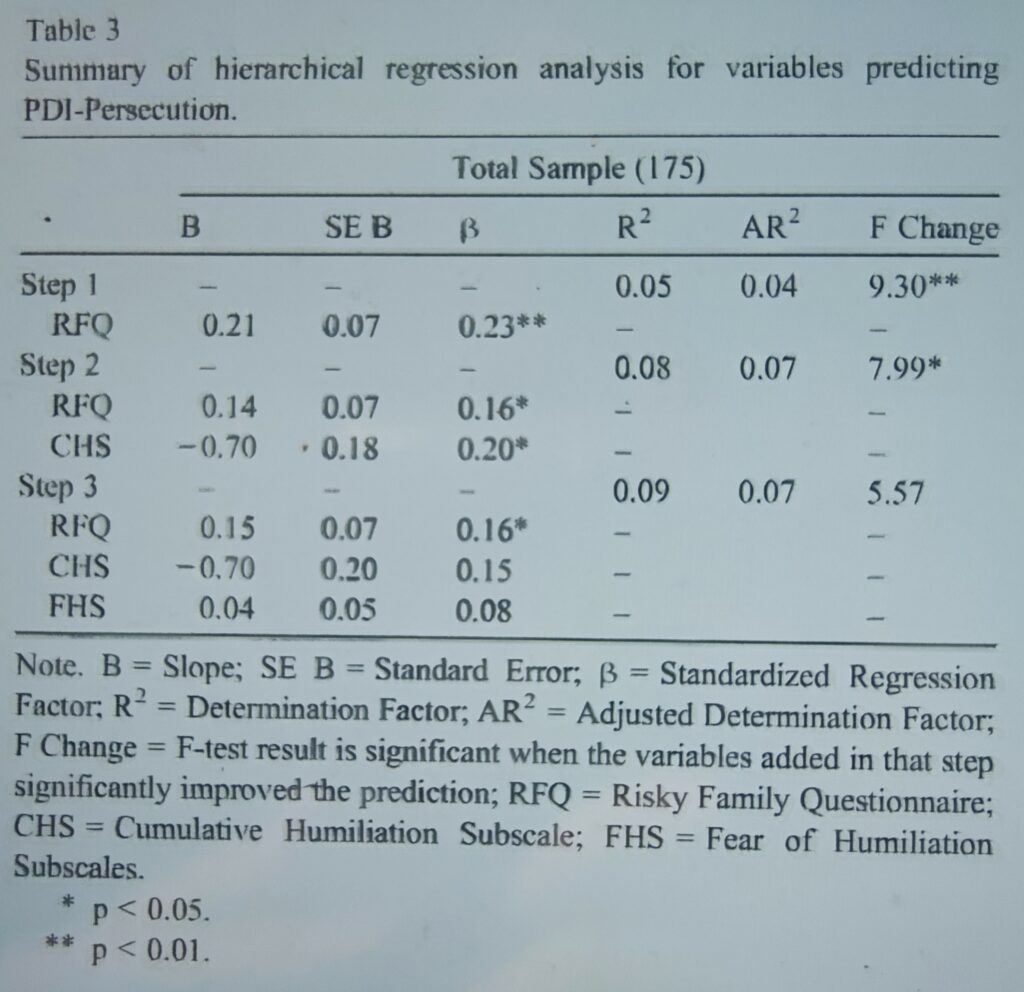Here is the translation into 1930s academic English:”Love is not absent in the criminal, but hidden so deeply that nothing but analysis can bring it to light; as the persecutory and hated object was initially, for the infant, the recipient of all its love and libido, the criminal finds himself in the position of hating and persecuting his own beloved object; this is an untenable situation: all memory, all consciousness of love for any object must therefore be suppressed. If there are only enemies in the world, as the criminal feels, his hatred and his urge to destroy are largely justified in his view; this attitude alleviates some of his unconscious feelings of guilt. Hatred is often used as the most effective mask for love; but it must not be forgotten that for a subject constantly exposed to persecution, the sole concern is the security of one’s own self. In summary: in cases where the superego‘s main function is to provoke anxiety, it calls upon violent, non-ethical, and non-social defense mechanisms in the ego; but as soon as the child’s sadism decreases and the nature and function of his superego transform in such a way that it appeals to less overwhelming anxiety and stronger guilt, the defense mechanisms that underlie an ethical and moral attitude are activated, and the child begins to regard his objects and open up to social feelings. We know how difficult it is to approach the adult criminal and to cure him, although we have no reason to be too pessimistic in this area; experience shows that it is possible to make contact with criminal children as well as psychotic children, and to cure them. It thus seems that the best remedy against delinquency would be to analyze children who show signs of abnormality in the sense of psychosis or criminality.
L’amour n’est pas absent chez le criminel, il est caché et si bien enseveli que rien ne peut l’amener au jour si ce n’est l’analyse; comme l’objet persécuteur et haï était à l’origine, pour le petit bébé, l’objet de tout son amour et de sa libido, le criminel se trouve dans la situation de haïr et de persécuter son propre objet d’amour; c’est là une situation insupportable: tout souvenir, toute conscience d’un amour pour quelque objet que ce soit, doivent donc être supprimés. S’il n’existe au monde que des ennemis, et c’est cela que le criminel éprouve, sa haine et son envie de détruire sont, à son avis, en grande partie justifiées; cette attitude soulage certains de ses sentiments inconscients de culpabilité. La haine est souvent utilisée comme le masque le plus efficace de l’amour; mais il ne faut pas oublier que pour un sujet constamment exposé à la persécution, la seule préoccupation est la sécurité de son propre moi. Résumons-nous: dans les cas où le surmoi a pour fonction principale d’éveiller l’angoisse, il fait appel, dans le moi, à de violents mécanismes de défense, non éthiques et non sociaux par nature; mais dès que le sadisme de l’enfant diminue et que le caractère et la fonction de son surmoi se transforment de telle sorte que celui- ci fait appel à une angoisse moins écrasante et à une culpabilité plus forte, les mécanismes de défense qui constituent la base d’une attitude éthique et morale sont mis en marche, et l’enfant commence à avoir des égards pour ses objets et à s’ouvrir aux sentiments sociaux. Nous savons comme il est difficile d’aborder le criminel adulte et de le guérir, encore que nous n’ayons aucune raison d’être trop pessimistes dans ce domaine; l’expérience montre qu’il est possible d’entrer en contact avec les enfants criminels comme avec les enfants psychotiques, et de les guérir. Il semble donc que le meilleur remède contre la délinquance serait d’analyser les enfants qui donnent des signes d’anormalité dans le sens de la psychose ou dans celui de la criminalité.
Mélanie Klein, Essais de psychanalyse 1921-1945, Payot, Paris, 1993, p. 310


